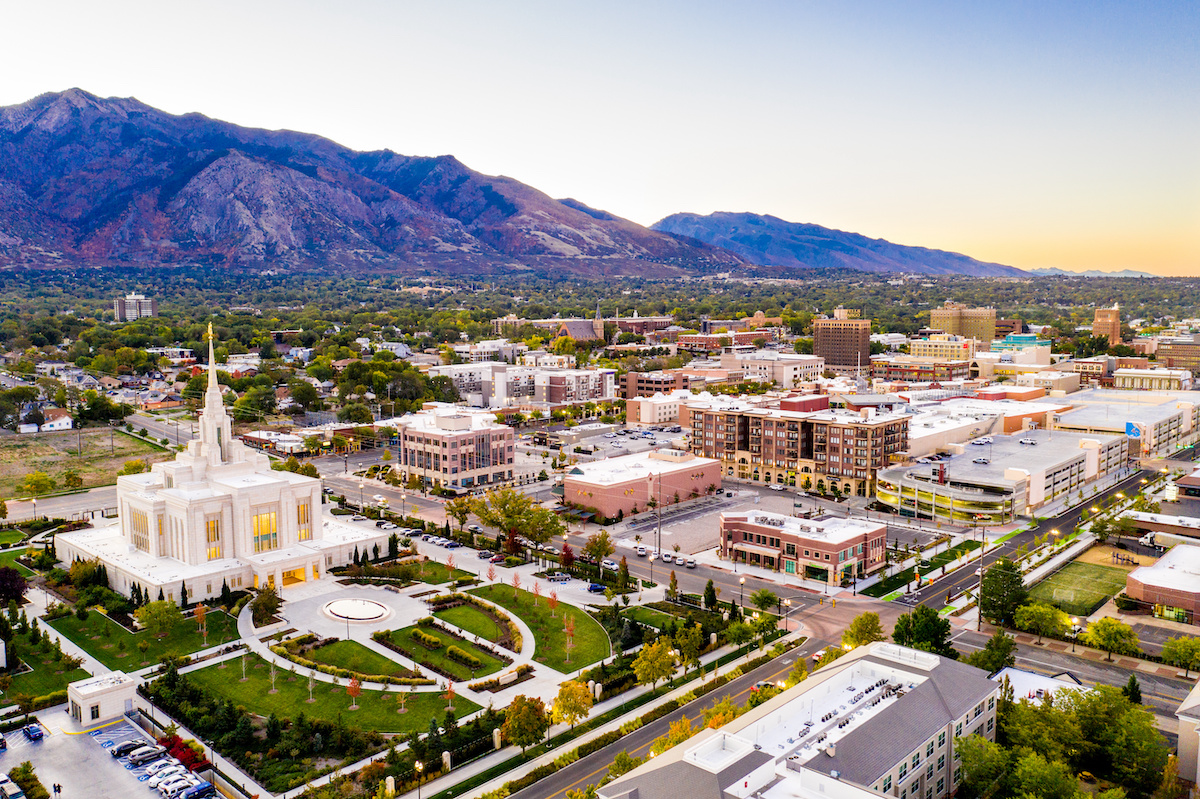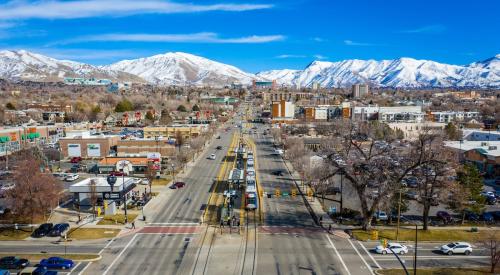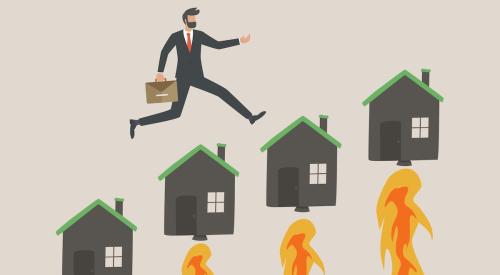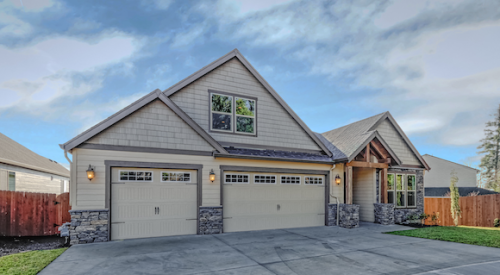Realtor.com compared the average days listed for markets across the country to identify areas where buyers need to act swiftly and where they might have extra time. Nationally, the average home spent 43 days on the market in April, which is three weeks faster compared to one year ago. It is suggested buyers prepare to move quickly, says Realtor.com, by having finances lined up, gaining neighborhood knowledge, and sticking to the upper limit of their budgets. The fastest moving markets are mainly located in the West, and it may be due to Californians looking for more affordable options. Slower moving markets are still moving fast compared to last year, but these markets typically have more inventory to offer.
“Even a slowdown in these markets comes amid an incredibly frenzied real estate market,” Ratiu says.
To come up with this list, we figured out the median number of days homes stayed on the market in April on Realtor.com. We limited our list to the 250 largest metropolitan areas and used only one metro area per state to ensure geographic diversity. Metros include the main city and surrounding towns, suburbs, and smaller urban areas.
1. Ogden, UT
Median list price: $489,950
Median days on market in April: 8
The fastest-moving market on our list was Ogden, a mountain town less than 40 minutes north of Salt Lake City. It offers easy access to ski resorts like Snowbasin, Powder Mountain, and Nordic Valley, and has even more outdoor activities during the summer, including hiking, mountain biking, and fishing.
But it’s not just the great outdoors that’s luring out-of-state buyers from places like California and Arizona. A strong economy means it’s easier for people to find jobs and potentially relocate. The unemployment rate in the Ogden metro area was just 2.7% in March, according to the U.S. Labor Department. That’s back to what things were like before the pandemic, and significantly lower than the national rate of 6%.
While nonlocals are scooping up homes at a rapid pace, that’s not the whole picture, says Christopher Collard, a research analyst at the Utah Foundation, a nonprofit research organization based in Salt Lake City.
The number of homes available has been low since Great Recession in 2008. Meanwhile, fewer people are leaving the state, while more people are coming in, so there are more people vying for houses than ever before.
“We’ve never quite caught up with the current demand,” Collard says.













